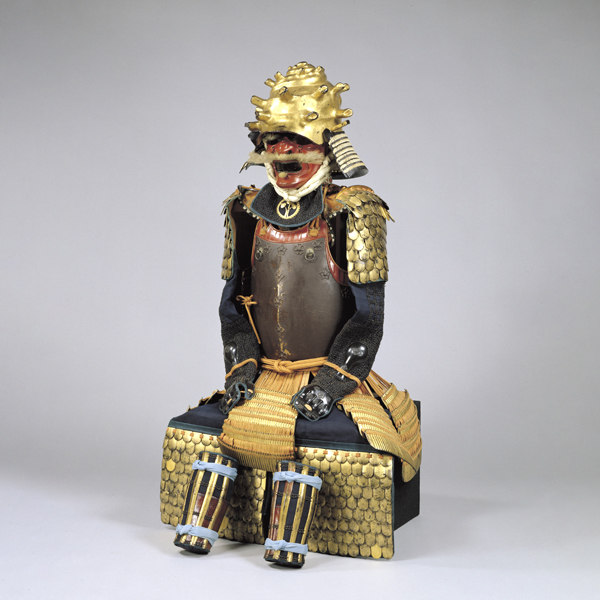Arms and Armor of the Samurai | 12th–19th century
-

Armor (Gusoku) with a Two-Piece Cuirass and Red Lacing, Edo period, 17th century
Japanese Gallery (Honkan) Rooms 5 & 6
July 17, 2024 (Wed) - October 6, 2024 (Sun)The samurai ruled Japan for nearly 700 years, from the late 12th to the 19th century. They emulated the imperial court, which was the home of high culture, but also borrowed from the practices of common people. Wishing for divine protection in this life and salvation in the next, they worshipped both Shinto and Buddhist deities. The culture of the samurai was complex and ever–changing, but always reflected their authority as the warrior class of Japan.
This gallery focuses on the most prominent symbols of samurai authority: swords, armor, and other military equipment. These had many purposes. Through diverse colors and materials, they showed the tastes of their owners. Differences in shape and construction reflected differences in rank and social standing. Many samurai passed down this equipment as heirlooms, while high–ranking samurai exchanged it as diplomatic gifts. Swords and armor were also donated to Buddhist temples and Shinto shrines in prayer for victory in battle.
| Designation | Name | Creation/ Excavation/ Provenance |
Period | Acquisition/ Ownership/ Accession Number |
CMT | ||
| Highlight | Armor ("Gusoku") with a Two-Piece Cuirass Imitating a Bare Chest | Azuchi-Momoyama–Edo period, 16th–17th century | F-19869 | ||||
| Highlight | Armor ("Gusoku") with a Two-Piece Cuirass and Red Lacing | Edo period, 17th century | E-19929 | ||||
| Highlight | Surcoat ("Jinbaori") with Buddhist Inscriptions | Azuchi-Momoyama period, 16th century | I-423 | On exhibit from August 27, 2024 |
